The leaves are now rapidly falling off the cotoneaster, soon to be followed by all its berries. As the leaves fall they get snagged on residual lines of spiders’ silk, and are left suspended in mid air.
As the wind blows they spin round and round rapidly like whirligigs, their pale woolly undersides contrasting with their bright red or yellow autumn colours, so that the whole bush appears to be twinkling with early Christmas fairy lights.
Big fat juicy berries. Another type of cotoneaster – this one is evergreen and retains its berries throughout the winter, much to the delight of the local blackbirds. The variety is Cornubia I think – it came without a label.
Erigeron karvinskianus, or fleabane.
The last day of November dawned with a heavy frost. I snuck out in the early morning sunshine with my camera before it all melted away.
Sedum spectabile, or appropriately, ice plant.
A late rosebud, unlikely now to make it to adulthood.
Ivy and oak leaves.
Gunnera tinctoria.
Getting ready for work early one morning I spied this fox in the garden. He made a few fruitless attempts to get under the box where I keep cat biscuits for the local hedgehogs, before settling in the middle of the lawn for a good scratch. The dim early morning light and his constant movement made photographing him difficult, so he’s a little blurred.
I paid a visit to Oak Hill recently, a part of Epping Forest where urbanisation has encroached onto its southernmost tip. Small wonders are still to be found on East London’s doorstep.
※
Footnote: Here’s a short video clip of a Hummingbird hawk moth on my neighbour’s buddleia from October. Not the best quality as it’s from a mobile phone, but a real privilege to see. Wish I’d seen it in my garden!


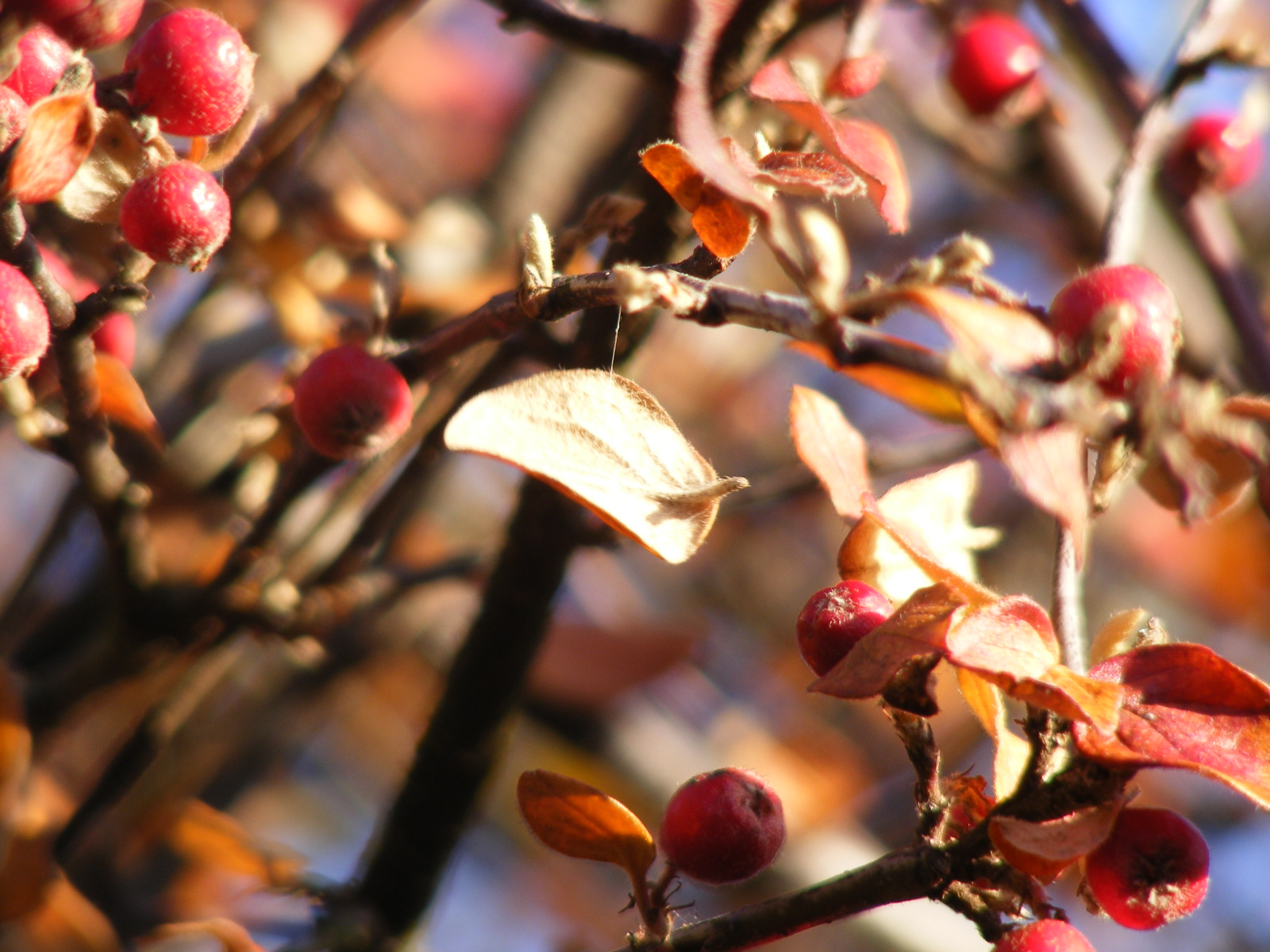


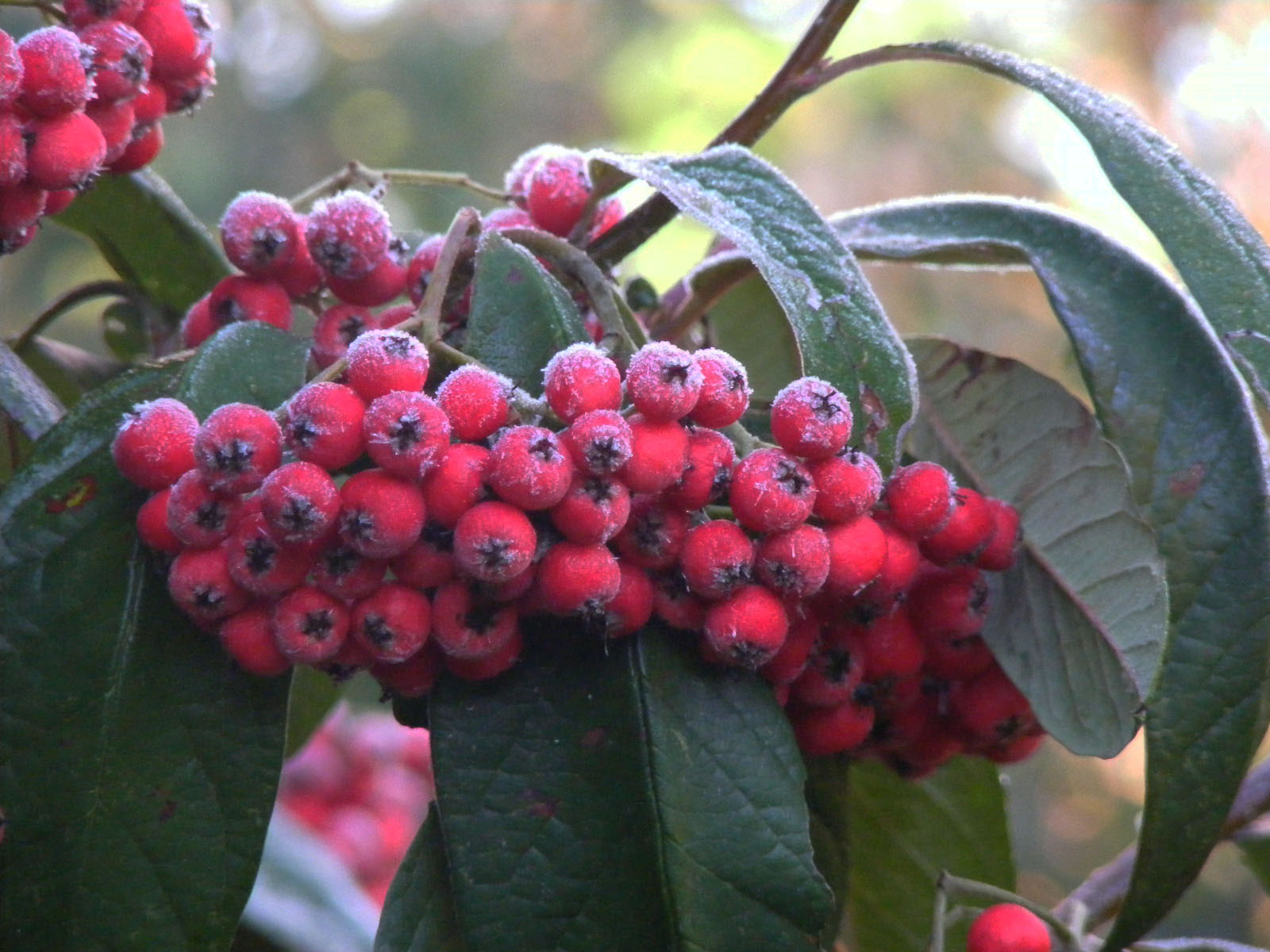
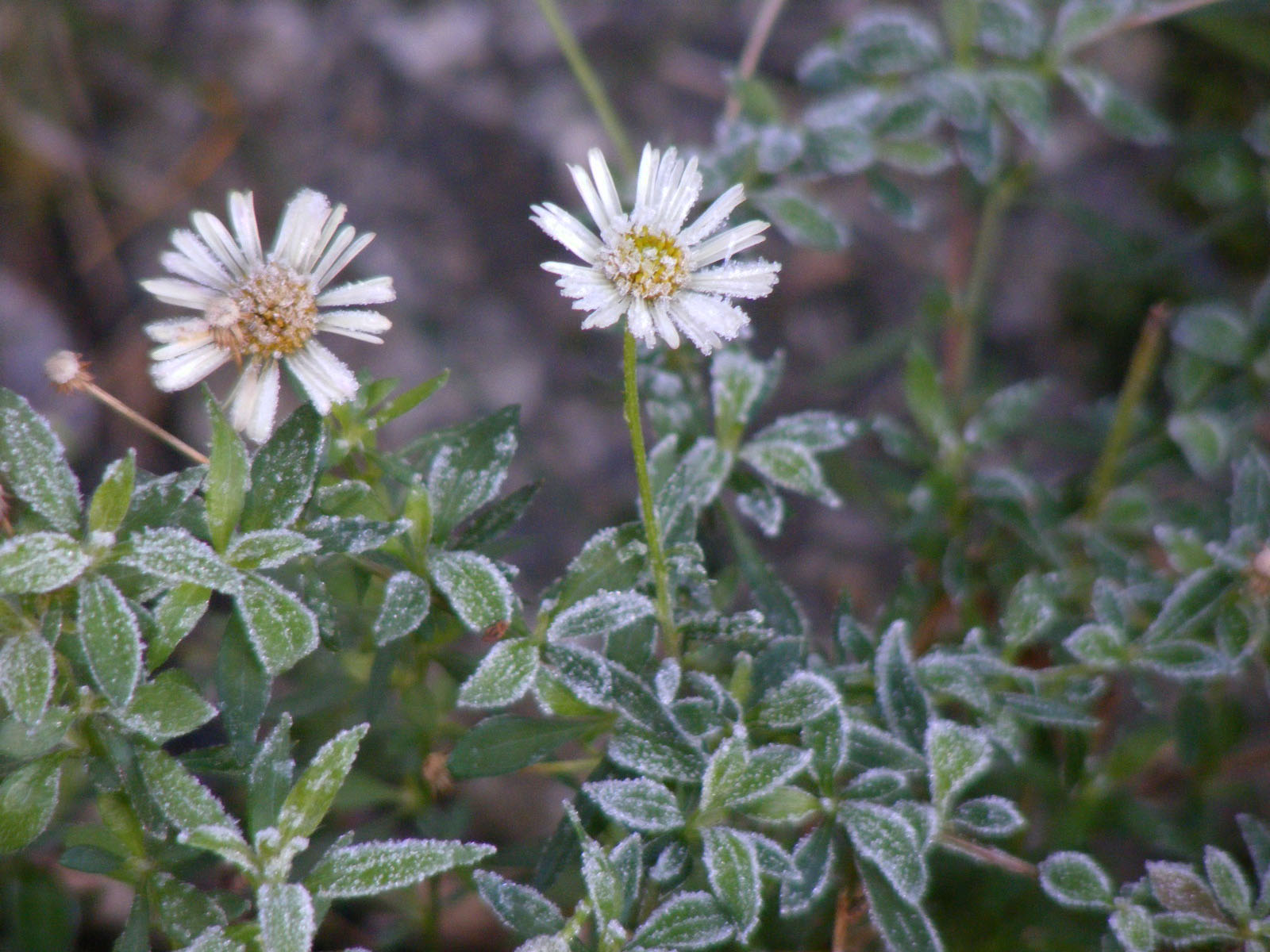
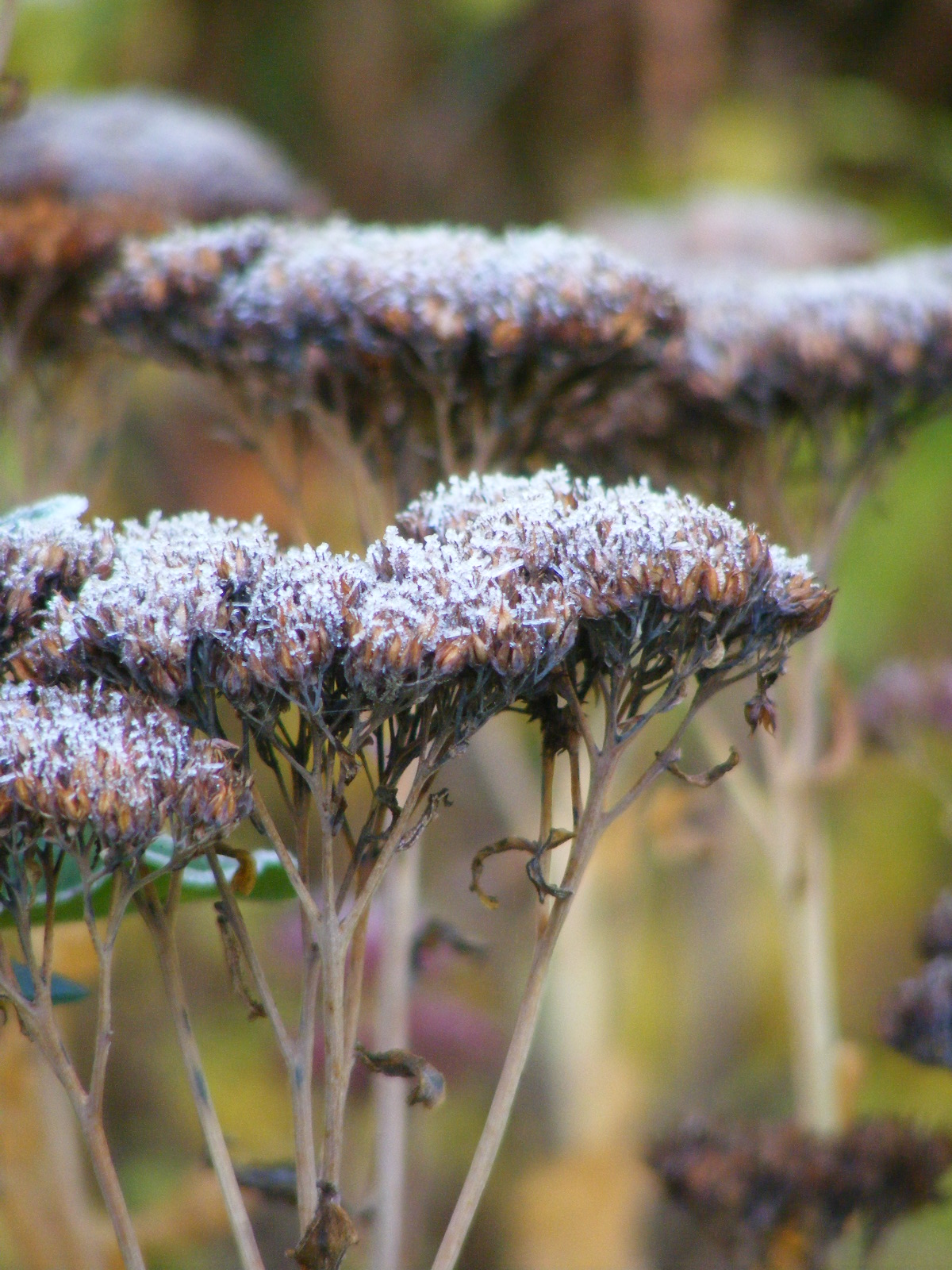


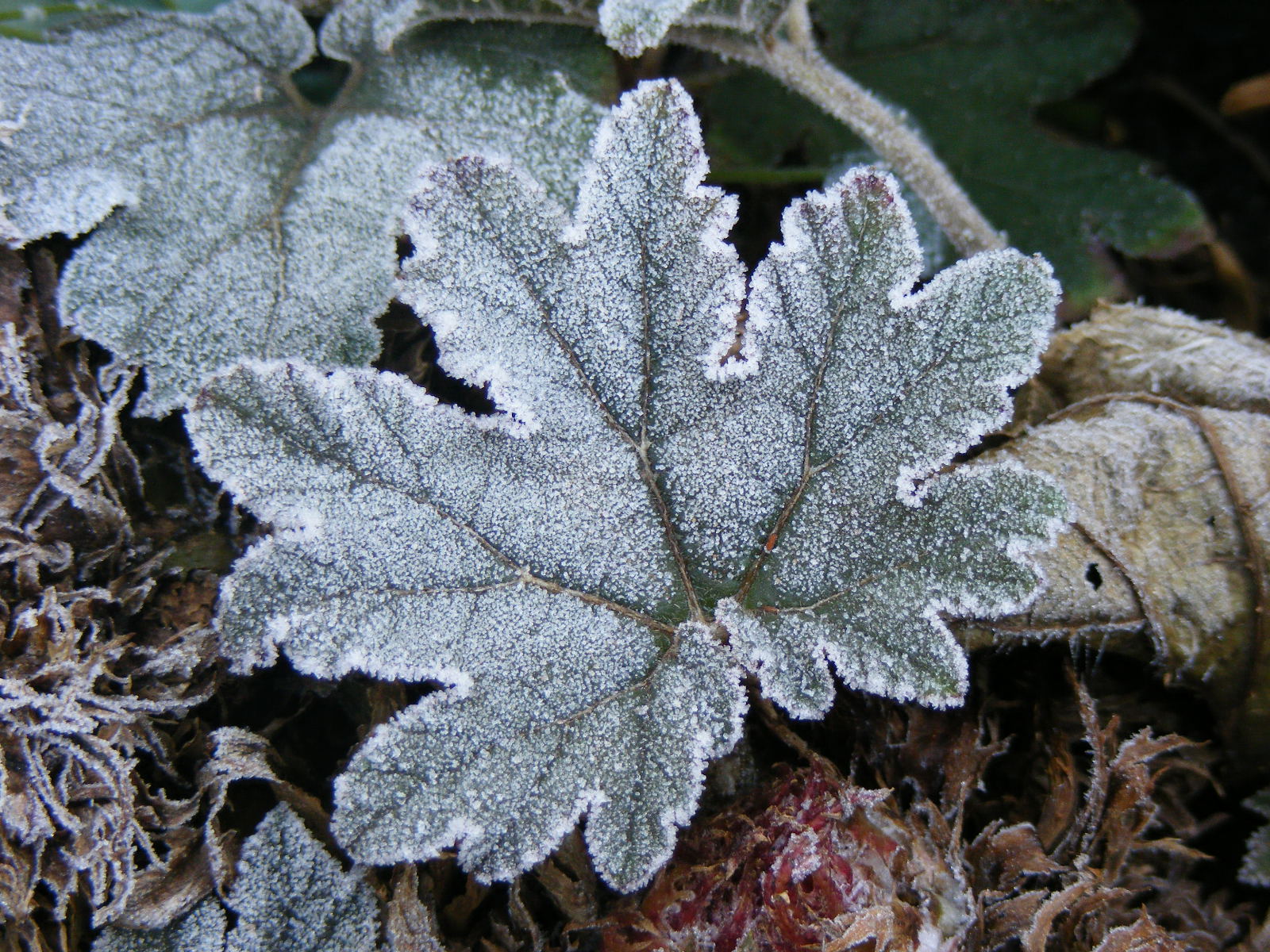
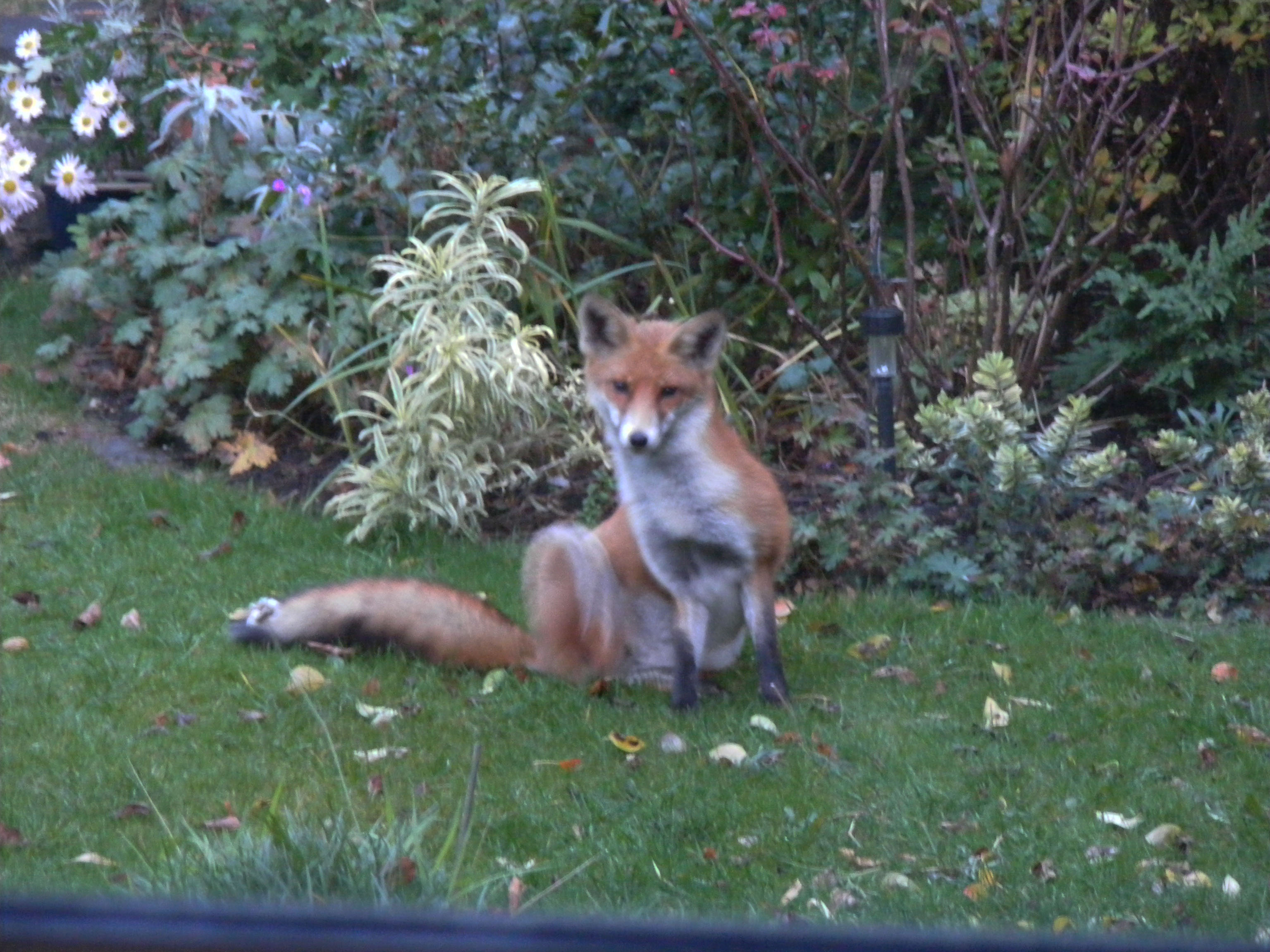
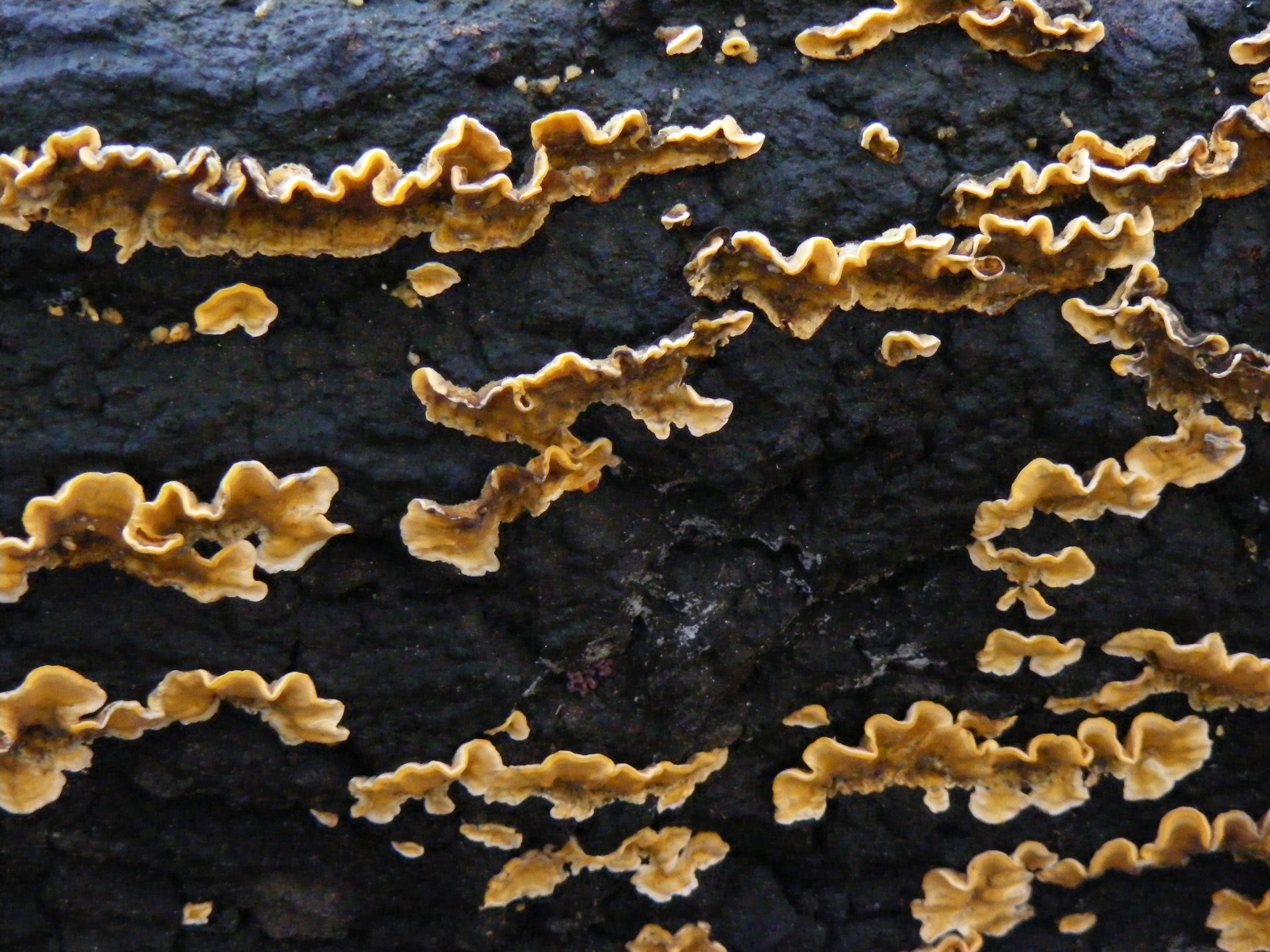



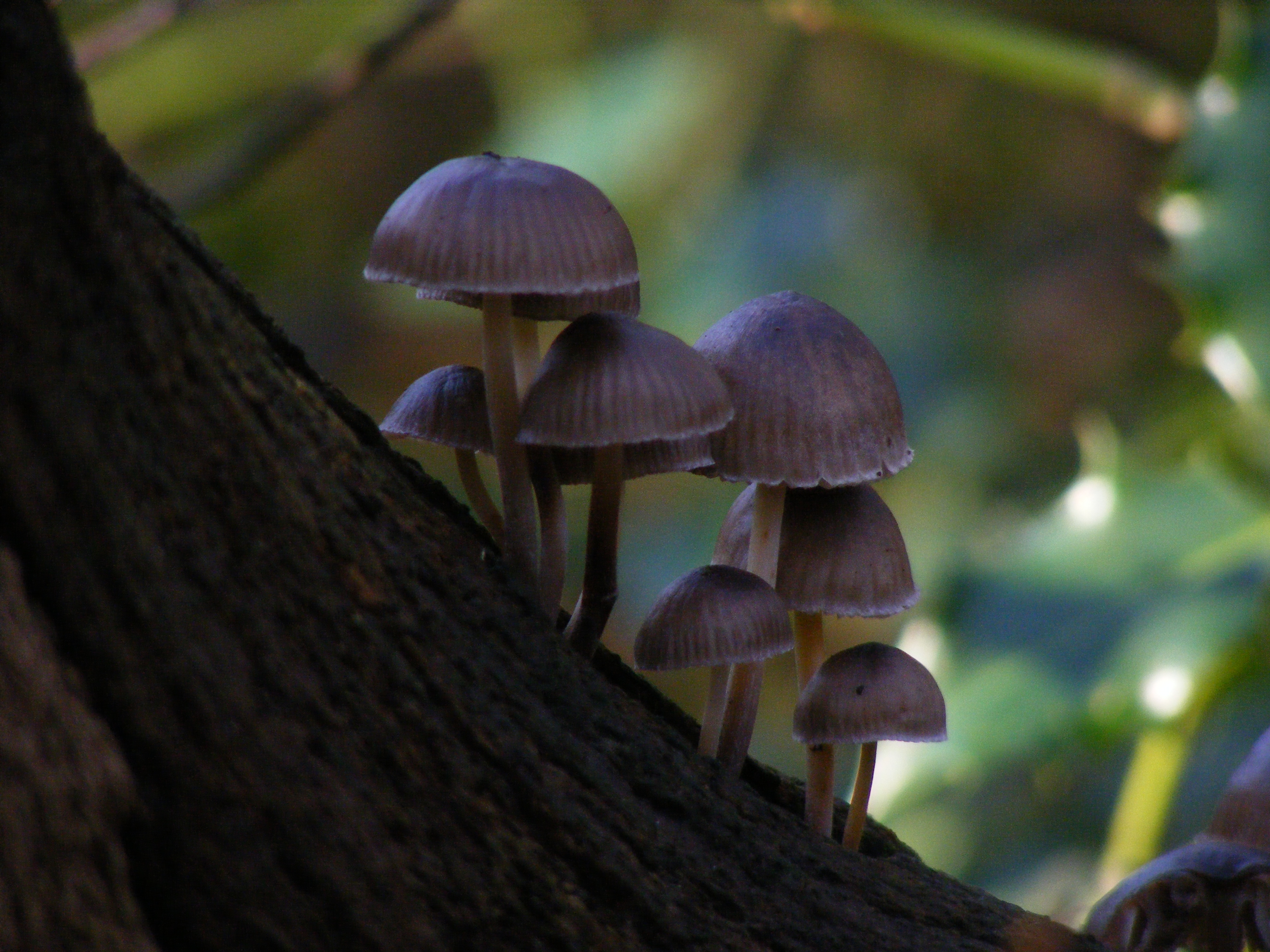
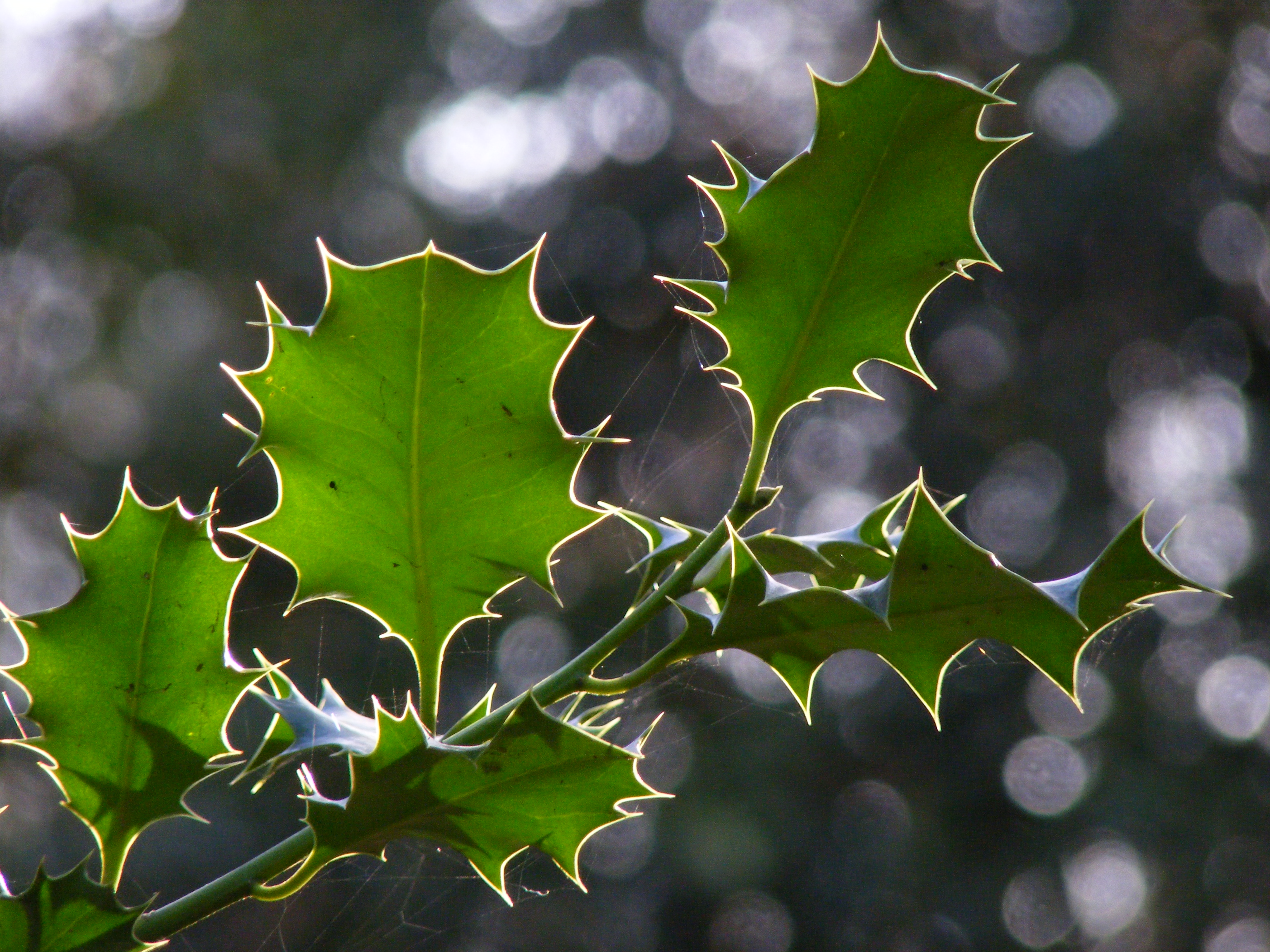
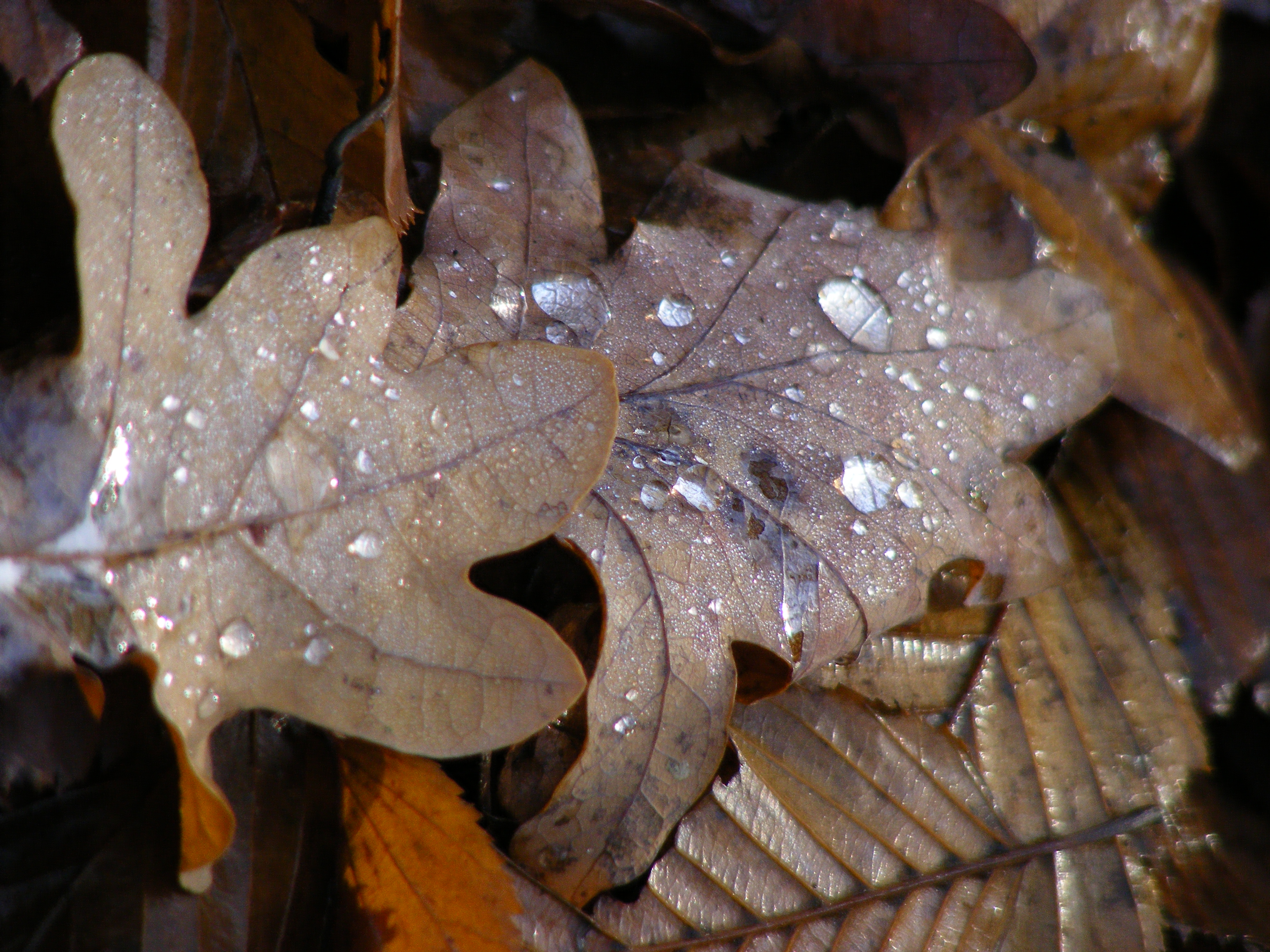
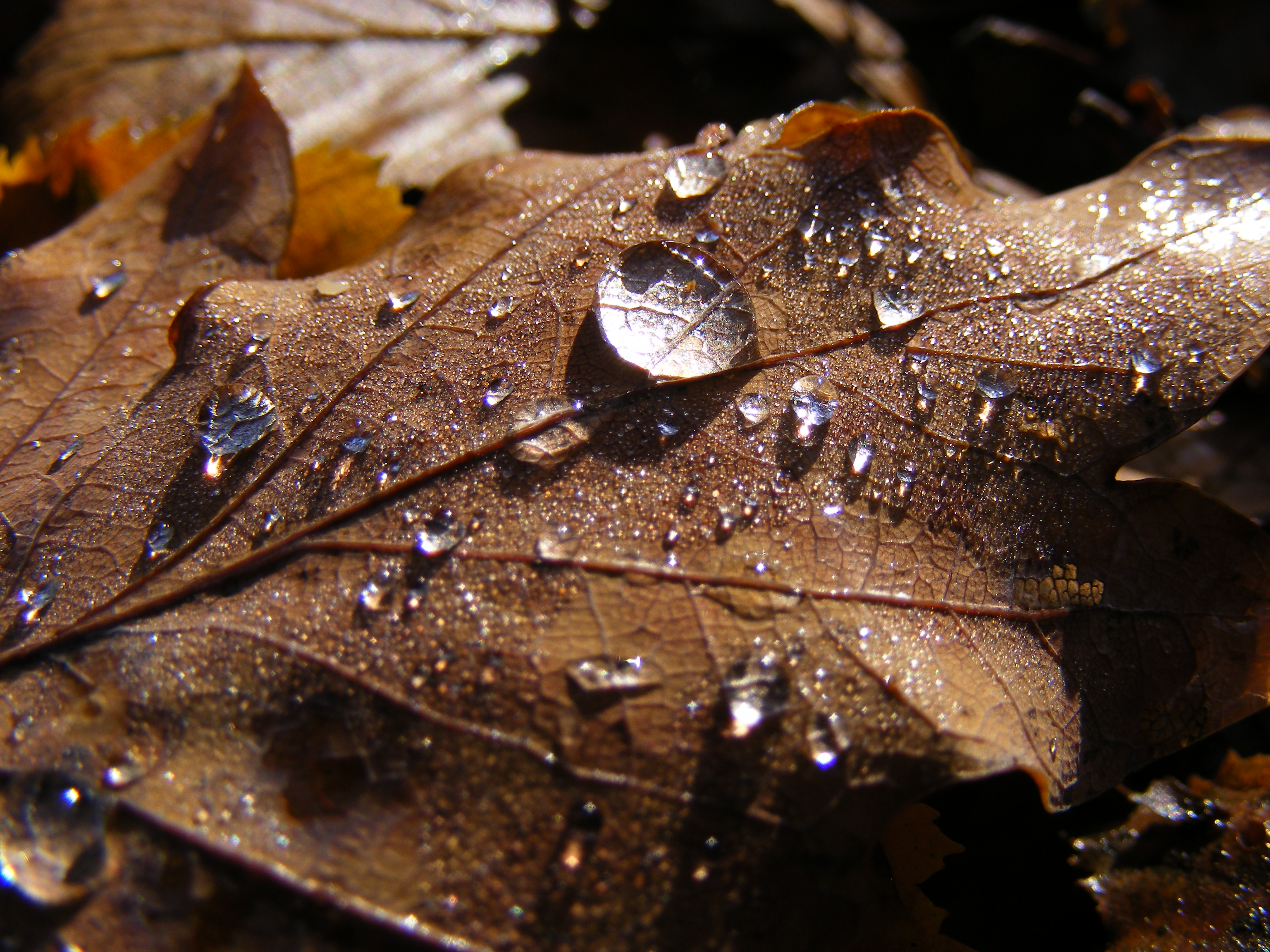
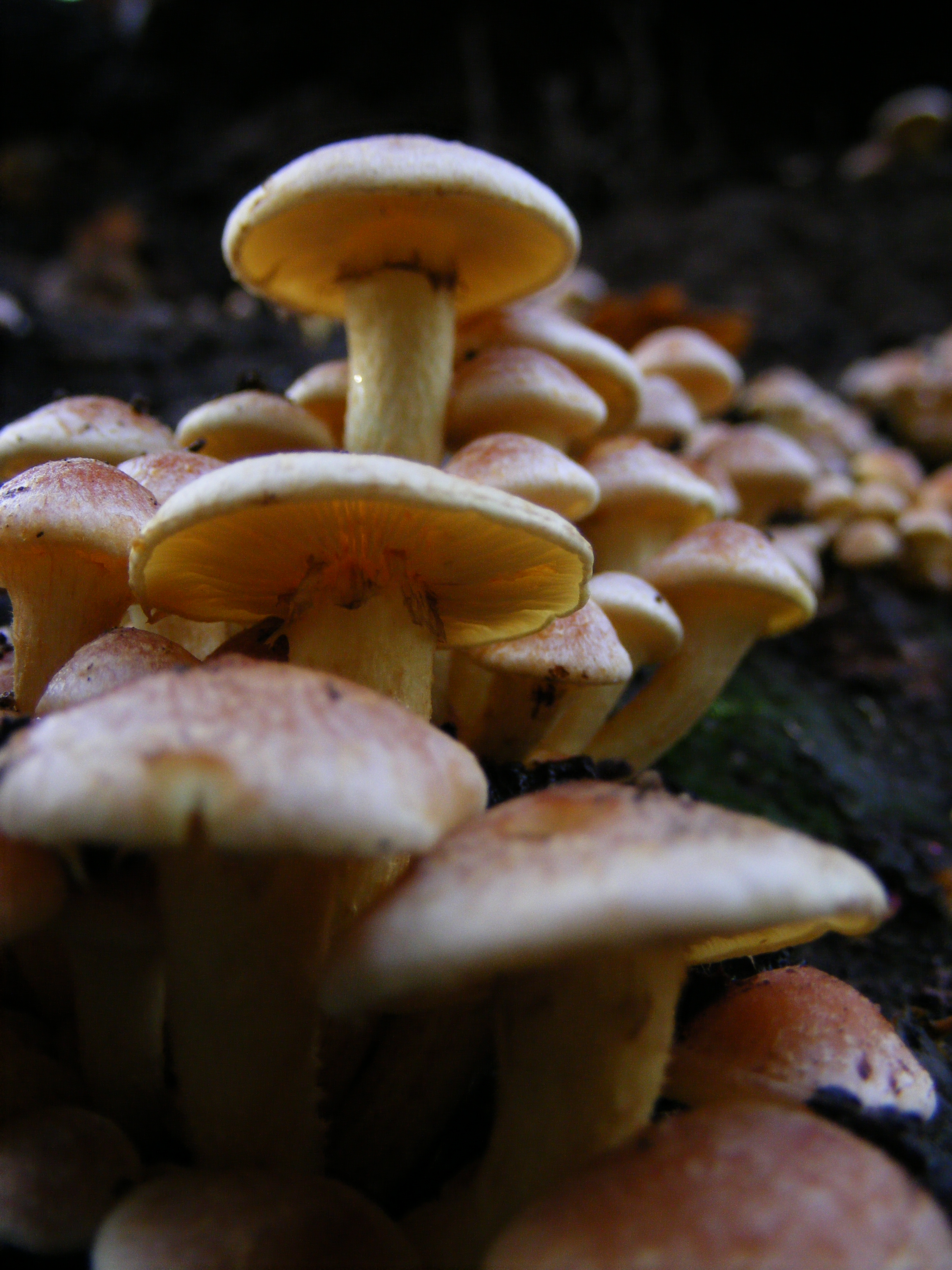
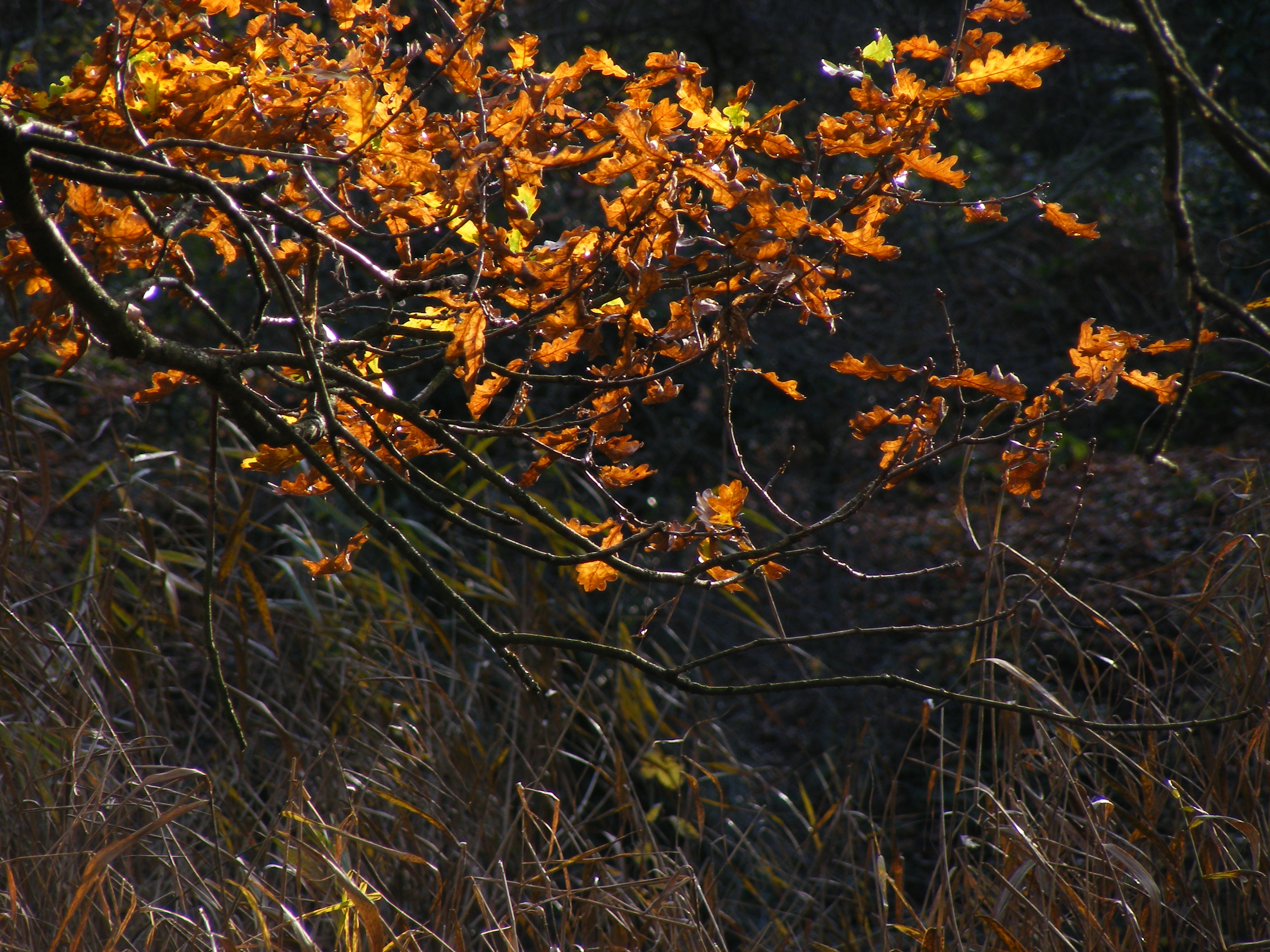
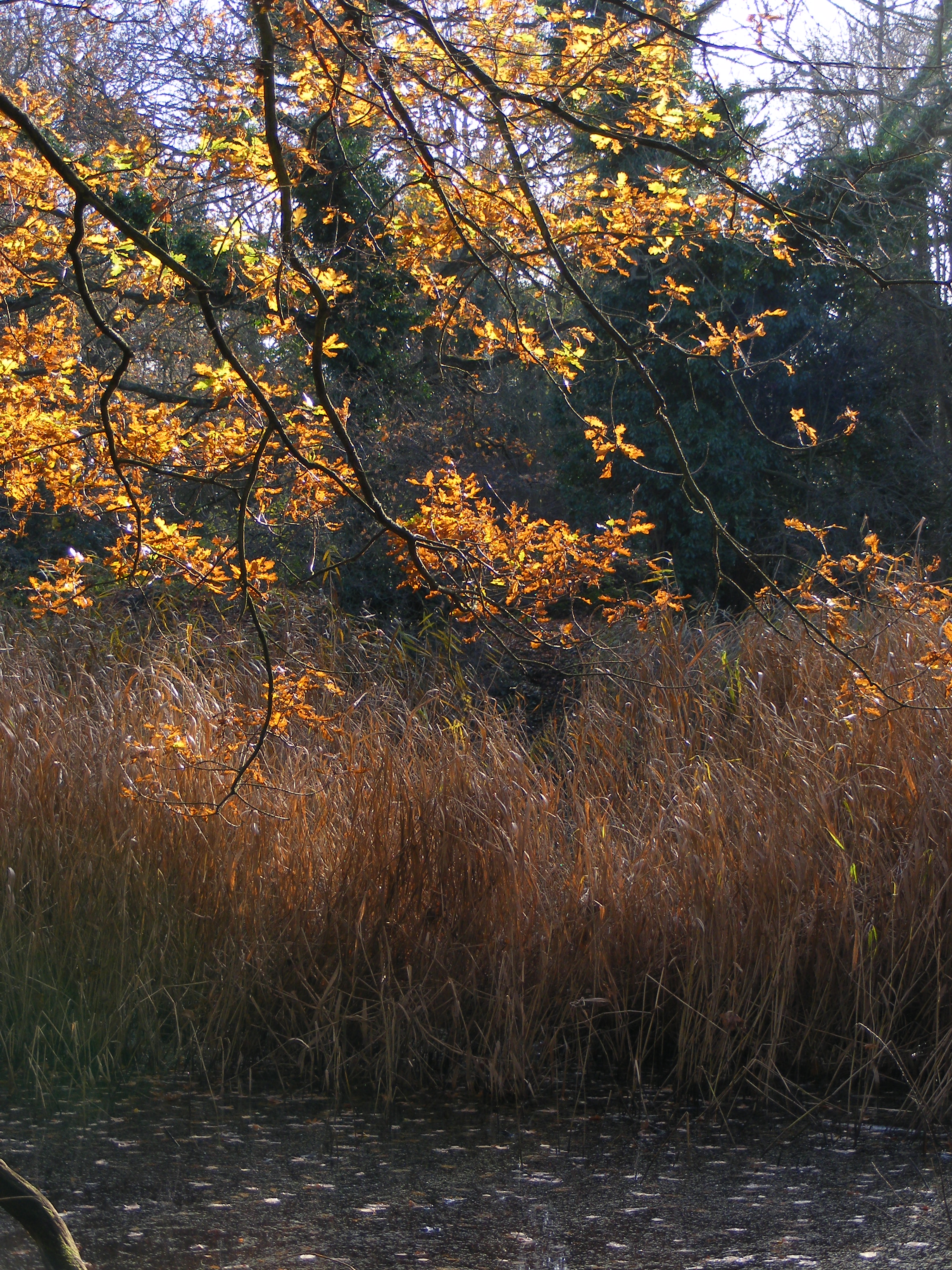
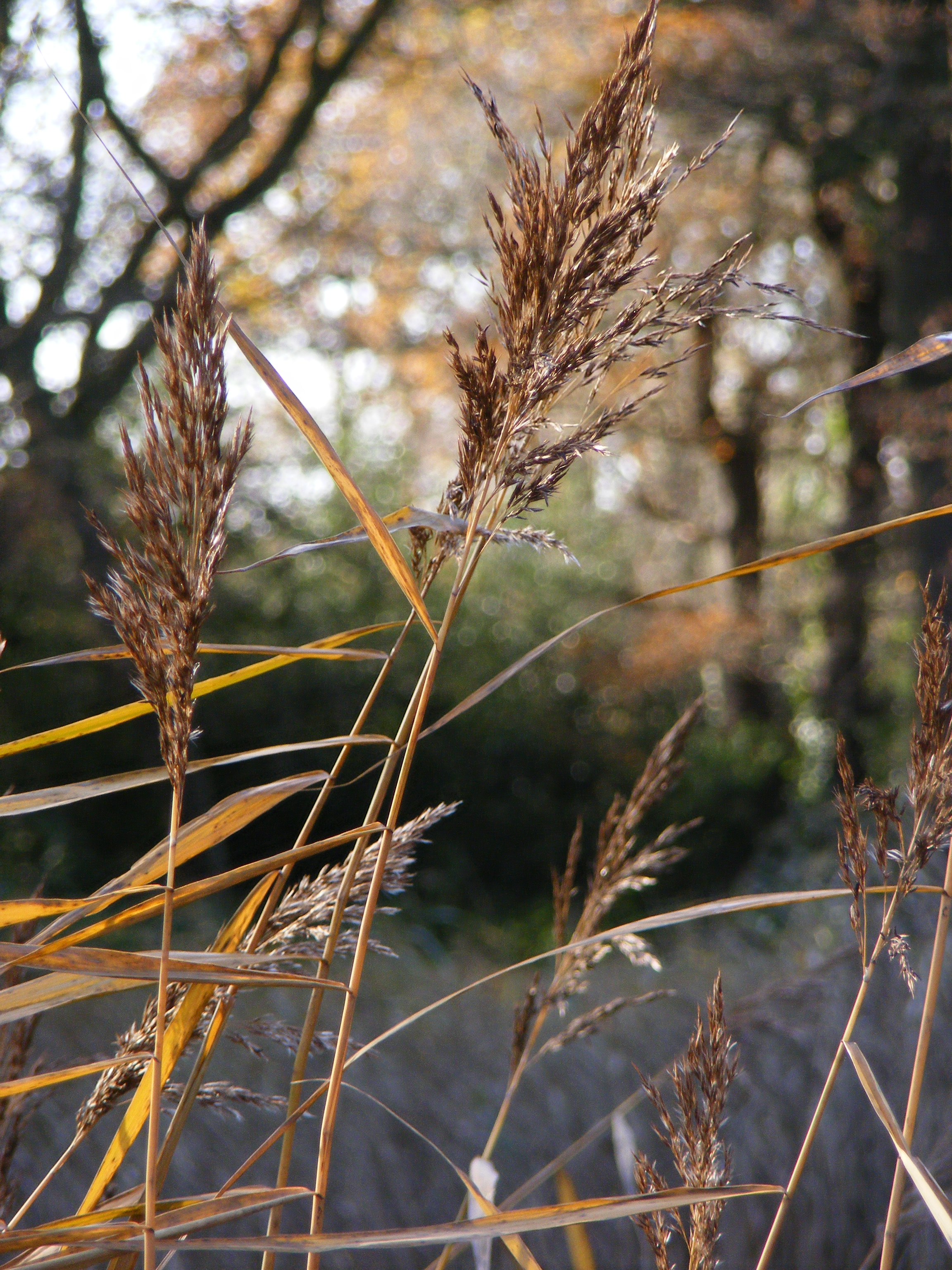
Lovely Karen! Good to see you dipping a toe into Epping Forest.
Yes, it is very good for the soul!